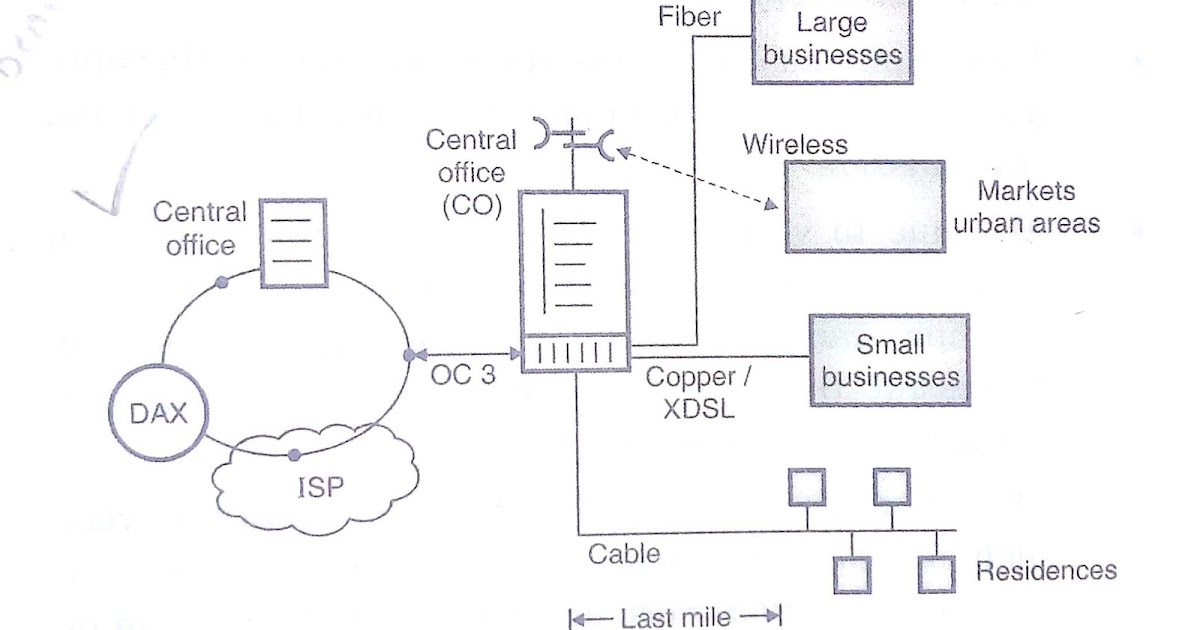what is wll technology

Wireless Local Loop (WLL) – The Technical Talk

Abstract
Wireless Local Loop (WLL) is a technology that enables telecommunications service providers to provide telephone services without the need for physical copper wire connections to each and every home. It has been a boon to rural areas and developing countries where the cost to lay copper wires is high. WLL technology allows providers to offer basic voice services as well as add-on services such as broadband internet and cable television. This article discusses the technical aspects of WLL systems and their significant contribution to the telecommunication industry.
Introduction
The Wireless Local Loop (WLL) is a telecommunication system that enables telephone services to be provided to subscribers without the need for physical copper wire connections. In a traditional wireline telephone system, a copper wire connects every household or business to the telephone exchange. However, the expense and complexity of laying copper wire connections in rural and remote areas have made it difficult for telecommunications providers to offer telephone services to all parts of the world. This is where WLL systems come into play.
Significant Technologies of the WLL System
1. Radio Access Network (RAN)

The Radio Access Network, or RAN, is an integral part of the Wireless Local Loop system. It provides the wireless connection between the subscriber’s premises and the nearest base station. The RAN consists of the radio transmitter and receiver equipment that sends and receives signals between the subscriber’s premises and the base station. It also includes the antennas that are used to propagate the signals between the RAN and the base station. The RAN can be connected to the core network using any available transport technology such as leased lines, microwave, or satellite.
2. Multiplexing
The WLL system uses multiplexing to combine multiple signals into a single signal. Multiplexing is the process of combining multiple signals into a single one, which can be transmitted over a single channel. In WLL systems, the two significant types of multiplexing are Time Division Multiplexing (TDM) and Frequency Division Multiplexing (FDM).
Time Division Multiplexing involves dividing a single channel into a series of time slots, with each slot assigned to a different communication path. All the communication paths share the same channel and are allocated different time slots for transmission. This allows multiple voice and data signals to be combined and transmitted over a single channel simultaneously.
Frequency Division Multiplexing divides the available frequency range into multiple sub-channels, each of which is assigned to a different communication path. This allows multiple signals to be sent simultaneously over the same channel, with each signal being transmitted on a different frequency sub-channel. FDM is commonly used in radio and television broadcast systems.
3. Radio Frequency (RF) Planning
RF Planning is a process that involves the planning and optimization of radio frequency resources for a wireless network. It is necessary to ensure that the radio signals transmitted by the base station reach the subscribers with sufficient signal strength and quality. RF planning includes the selection of the power level, frequency, and antenna height for each base station. It also involves the placement of base stations in strategic locations to provide the most extensive coverage area possible while minimizing interference.
4. Digital Signal Processing (DSP)
Digital Signal Processing is a technique used to improve the quality of voice calls by reducing noise and echo. It also makes it possible to add more advanced services such as High Definition (HD) voice calls and video conferencing. DSP is used in WLL systems to enhance the quality of voice calls and offer additional services such as caller ID and voicemail. DSP involves the conversion of analog voice signals into digital signals, digital filtering of the signals to remove noise and echo, and the conversion back to analog signals for transmission over the telephone network.
Conclusion
The Wireless Local Loop system has revolutionized the way telecommunications services are offered to subscribers. It has enabled telecommunications providers to offer telephone services to regions that were previously unserved or underserved by traditional wireline systems. The significant technologies such as Radio Access Network, Multiplexing, Radio Frequency Planning, and Digital Signal Processing have contributed significantly to the success of the WLL system. With the advancements in technology and the ever-increasing demand for telecommunications services, the WLL system is expected to continue to evolve and play an essential role in the telecommunication industry.

Source image : www.thetechnicaltalk.com

Source image : www.ques10.com

Source image : technewsdairy.blogspot.com




